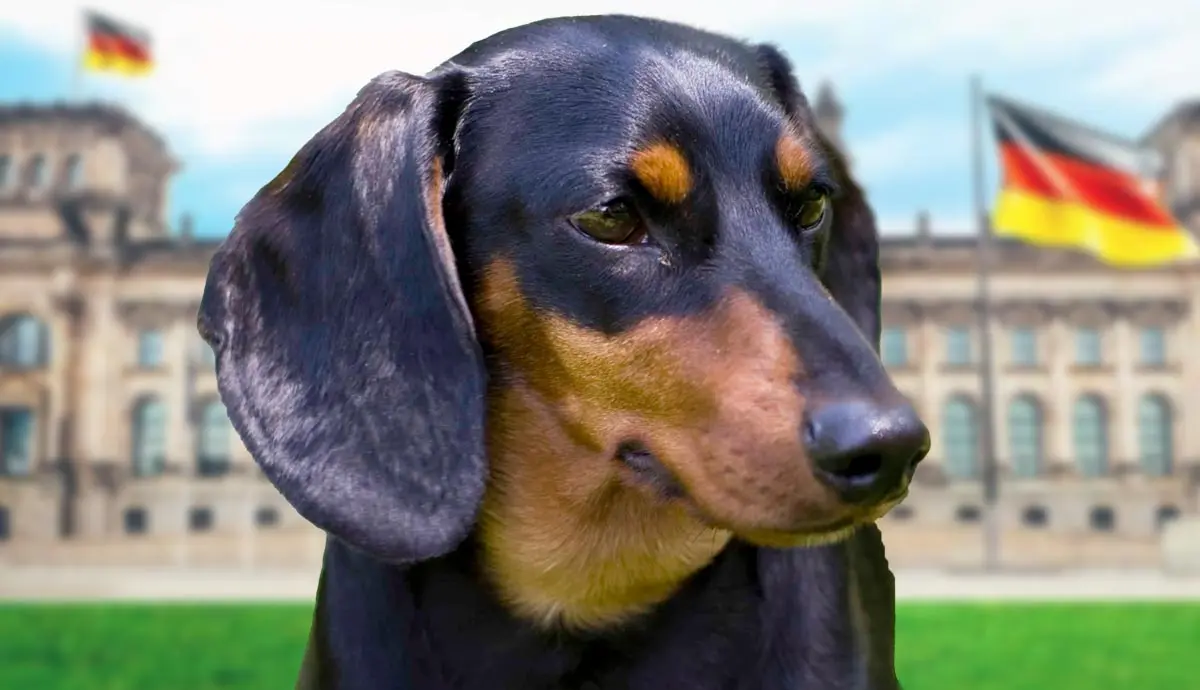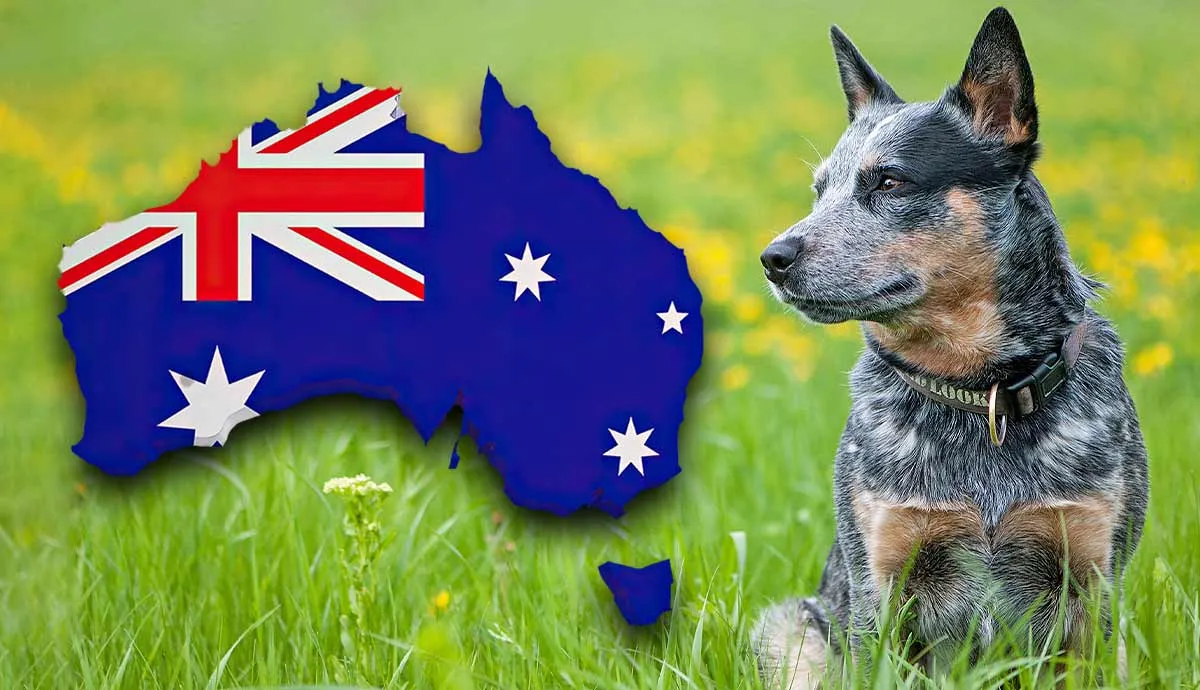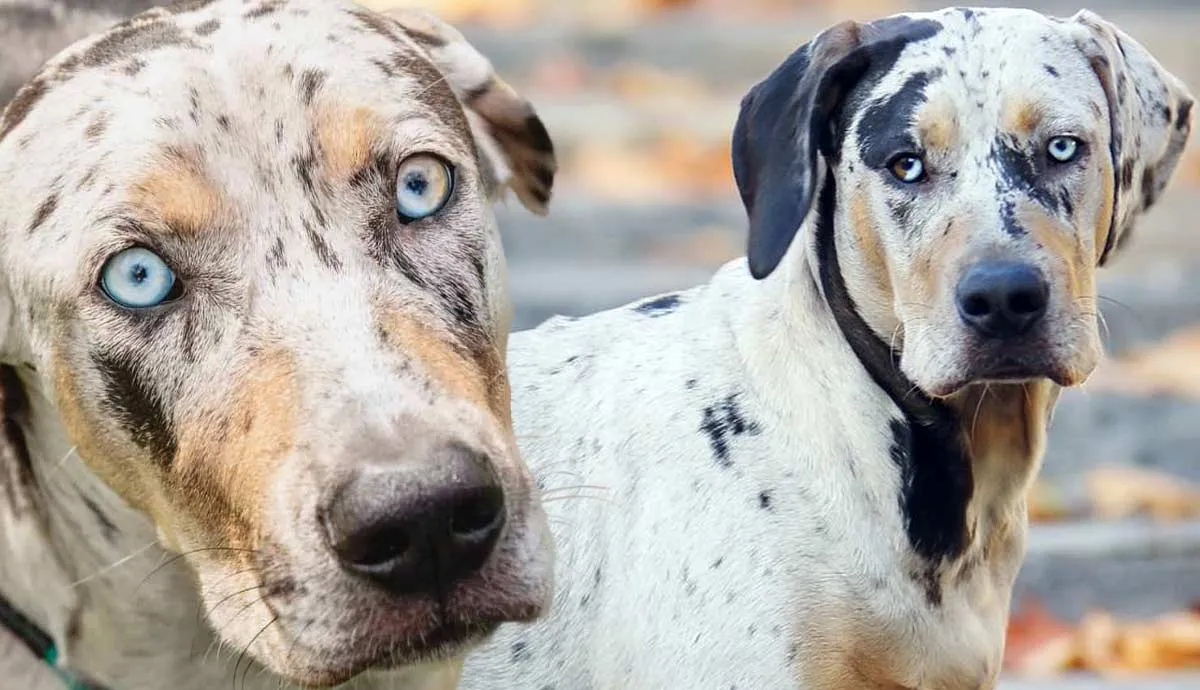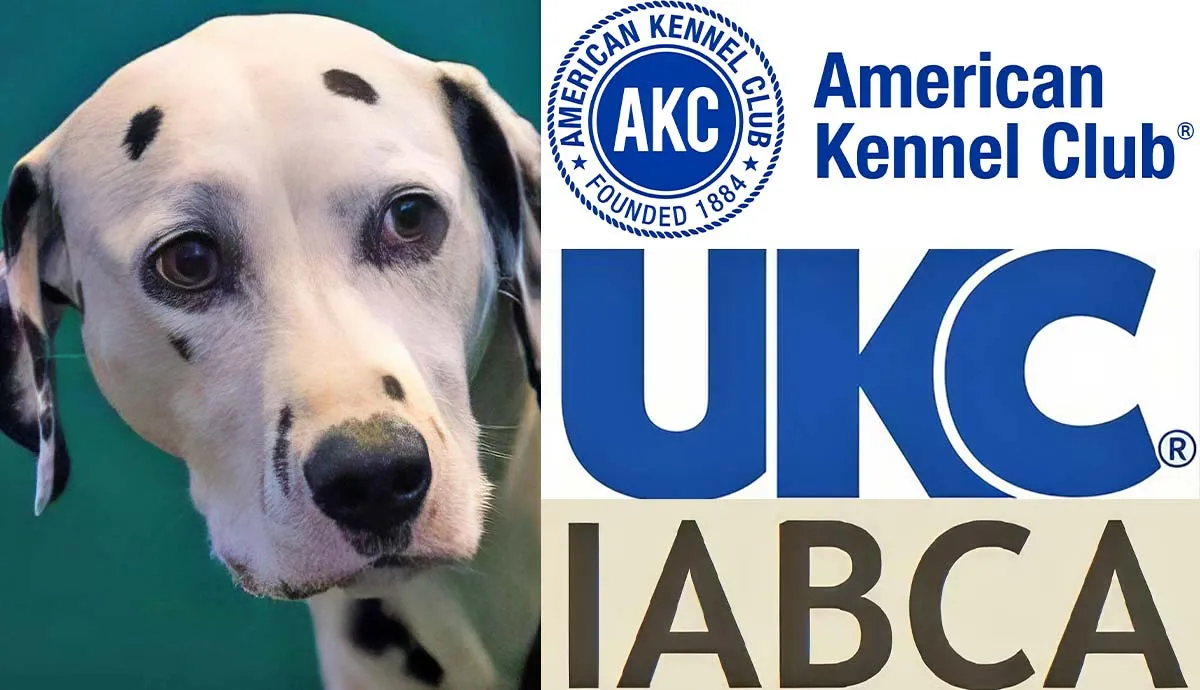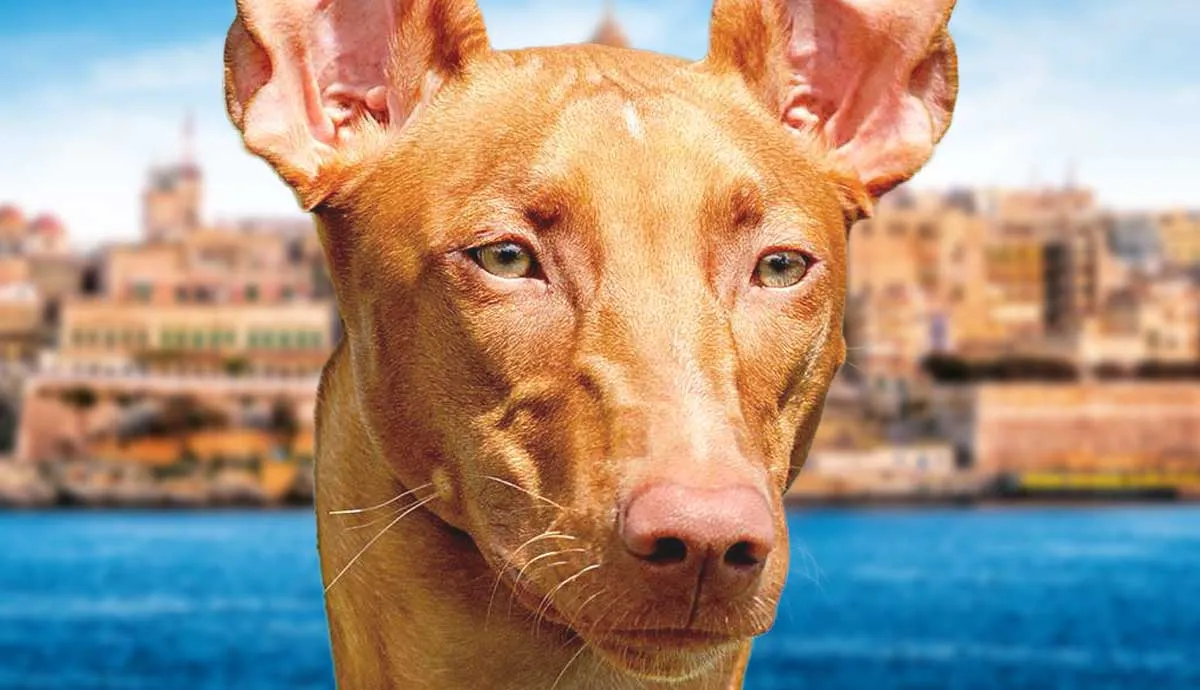Even the biggest Dachshund lover may not know some of these fun facts. The popular Dachshund is a tenacious hunter and a lovable couch potato. They love their families and are very trainable. Doxies were bred to hunt badgers in Germany and come in two different sizes. These are just a few of the fun facts about Dachshunds you will learn as you keep reading.
Badger Dogs

Their name, Dachshund, means badger dog in German. With their short legs and longer, narrow bodies, they are able to track scents and crawl into burrows much easier than any of the larger hounds. Their brave nature made it easy for them to hunt down the vicious badgers and yank them out of their burrows for the hunters.
Big Game Hunters

You would not think of the smallest hound breed as a big game hunter, but these obstinate hounds were used in packs by hunters to hunt deer, elk, and wild boar. The standard-size Dachshunds were mostly used during these hunts.
High Prey Drive

Dachshunds have a very high prey drive and generally do not do well with other small pets in the home. Pet bunnies, ferrets, guinea pigs, or hamsters should always be kept safe when a Dachshund is nearby. Pet birds can also be considered prey and some small cats, although Dachshunds have co-existed with cats without problems.
Dachshunds also should have a secure fence to keep them safe. They are scent hounds, and once they pick up a scent, they will be off and running. A fence will keep them from being able to follow a trail for miles and possibly become lost or injured.
Dachshunds Come in Two Sizes
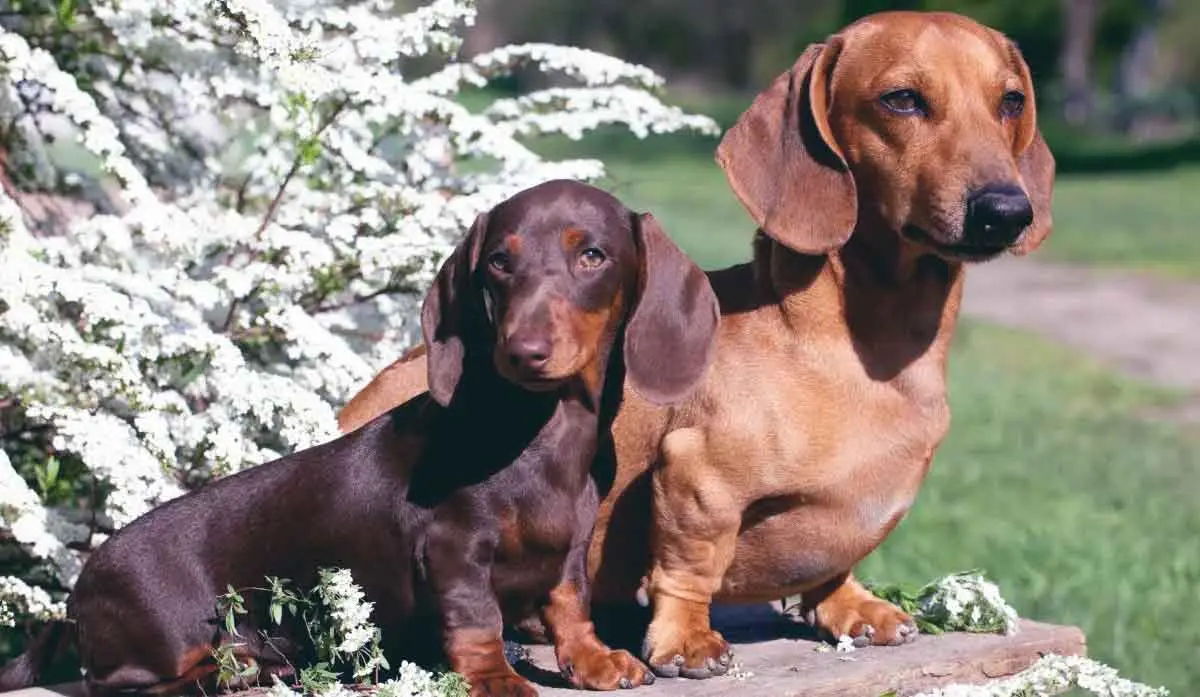
Originally, there was only one size in Dachshunds, but over time breeders have created two different sizes: standard and miniature. In Europe, there is a third size called rabbit that is smaller than the miniature Dachshund.
The standard Dachshund can weigh up to 30 pounds and is used to hunt larger vermin. They are also used in packs to hunt big game. The miniature Dachshund weighs up to 12 pounds and is used to hunt smaller game. Both sizes make excellent family companions, and there are plenty of responsible breeders for you to find your next Doxie.
Dachshunds Come in Three Different Coat Types
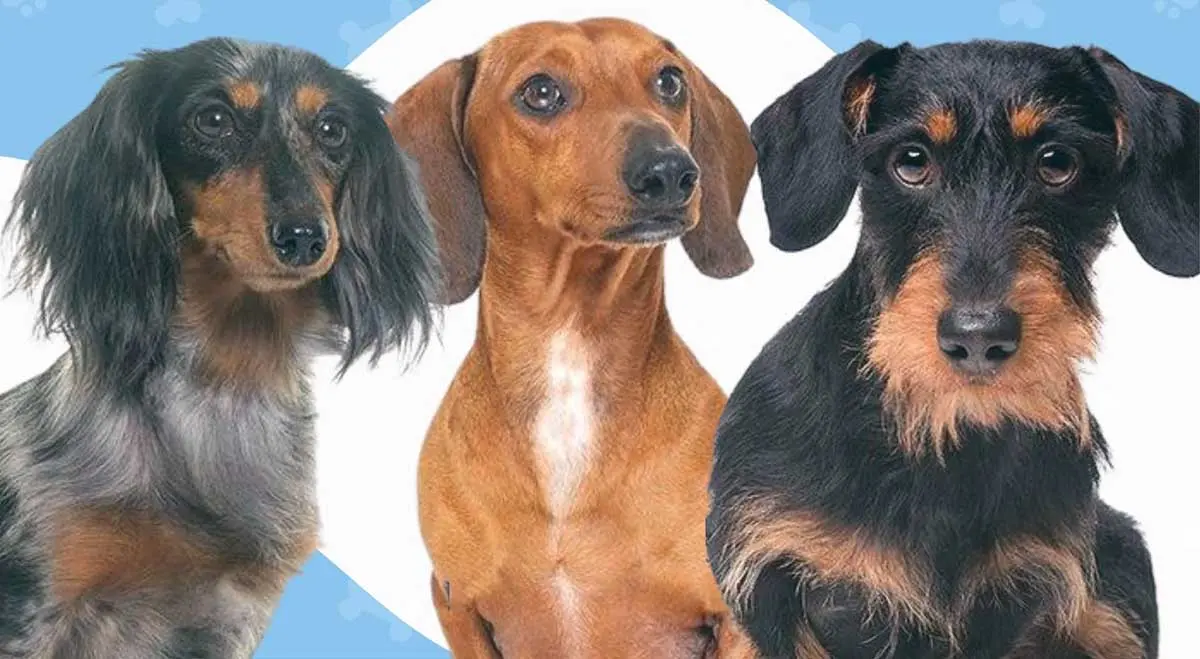
Aside from being two different sizes, there are three different coat varieties: shorthair or smooth, longhair, and wirehair. When the breed first was developed, they were only shorthair. Over time, breeders have crossed smooth Dachshunds with spaniels to create longhair Doxies and with terriers to create wirehair Dachshunds.
Dachshunds come in all different colors. There are 15 different colors, including red, black, and tan, chocolate and tan, cream, black and cream, blue and tan, and Isabella and tan. There are also six different marking types, including dapple, piebald, brindle, and sable.
Dachshunds Before Hot Dogs
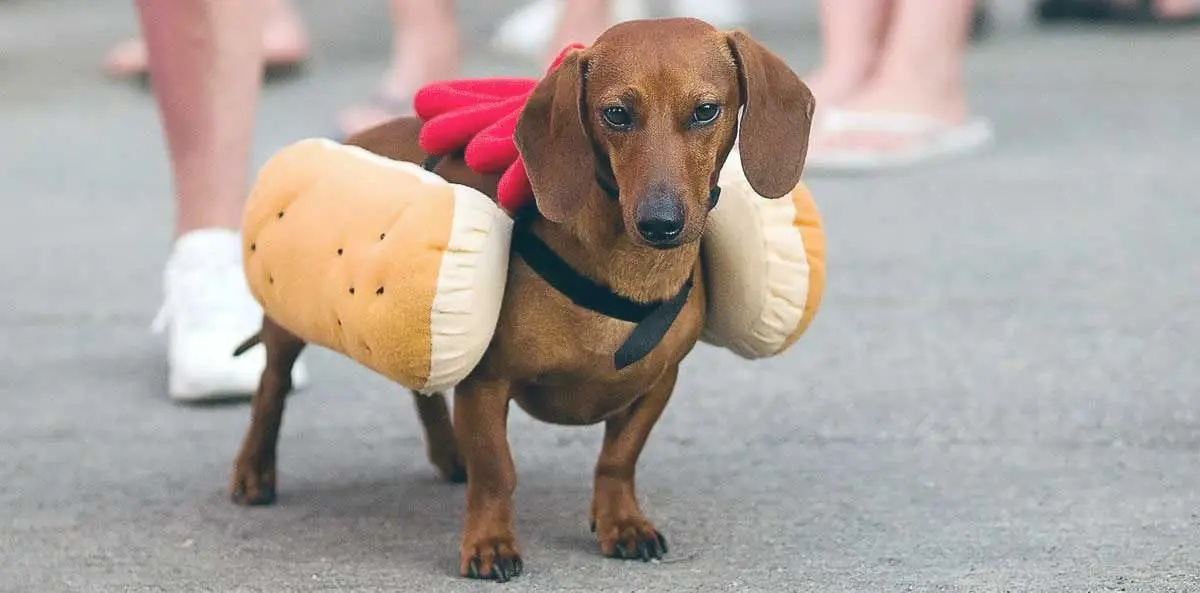
A nickname for the Dachshund is wiener dog because their elongated body resembled hot dogs. However, the original name for the hot dog (the sausage) was Dachshund sausage. This sausage was invented by Germans who had immigrated to New York City.
People called it that because it resembled the long body of the Doxie. These sausages were sold on the streets of New York starting in the 1860s. They were later shortened to hot dogs in the 1870s. Today, people get a kick out of dressing their Dachshunds up in hot dog bun costumes on Halloween.
Name Change During World War I
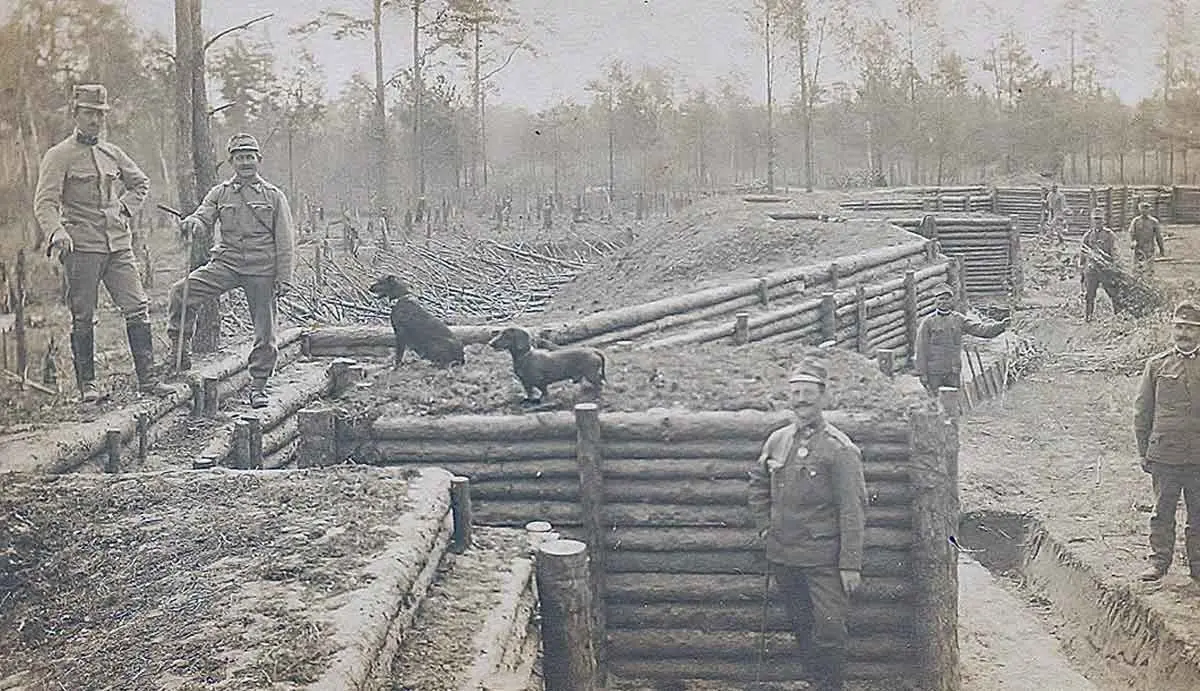
Kaiser Wilhelm II was a huge fan of Dachshunds, and because of that, Dachshunds were used in propaganda during World War I. With the Dachshund being strongly associated with Germany during this turbulent time, the breed’s popularity in America plummeted.
In a last-ditch effort by the American Kennel Club (AKC) rebranded Dachshunds and called them Liberty Pups and Badger Dogs. These names obviously did not stick, and the American public rejected the name changes. They were changed back to Dachshunds after the war ended, and the breed finally rebounded in popularity, but not until after World War II.
The First Olympic Mascot
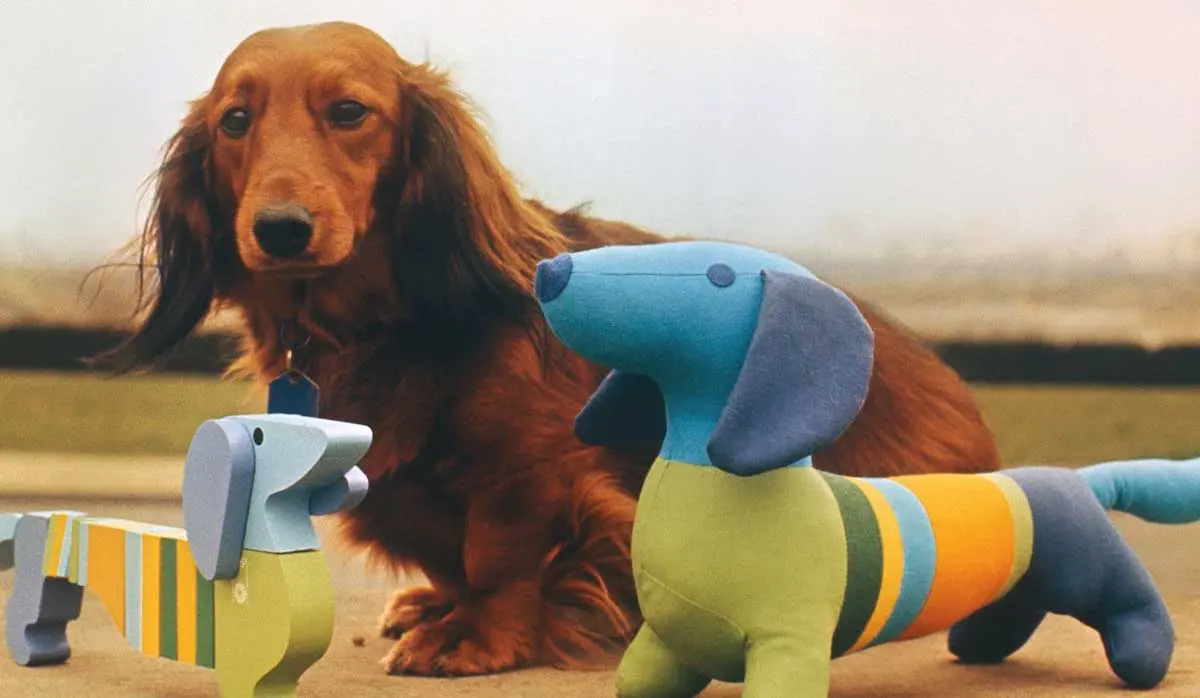
The 1972 Olympic Games in Munich saw the first official mascot, a rather colorful Doxie named Waldi. It was the first time any Olympic games had a mascot and the Olympic committee took the ball and ran. They plotted the marathon route in Munich to be the shape of a Dachshund.
Waldi became an international sensation and helped boost the popularity of the breed throughout the world. Countries that had not really taken an interest in these low-slung canines were importing more and more Dachshunds to begin breeding programs.
Dachshunds are Long Lived

Dachshunds live between 12 and 15 years, which is a long life compared to some other breeds. However, there have been a few Dachshunds that have made it into the Guinness World Record for the oldest living dog.
Chanel the Doxie held the Guinness record until 2009, when she died at 21-year-old, and then in 2013, Scolly, another Dachshund, held the record and lived until he was 20 years old. Even though Dachshunds can have several severe health issues, there are several Doxies living well into their late teens.
The First Cloned Dog in Britain Was a Dachshund
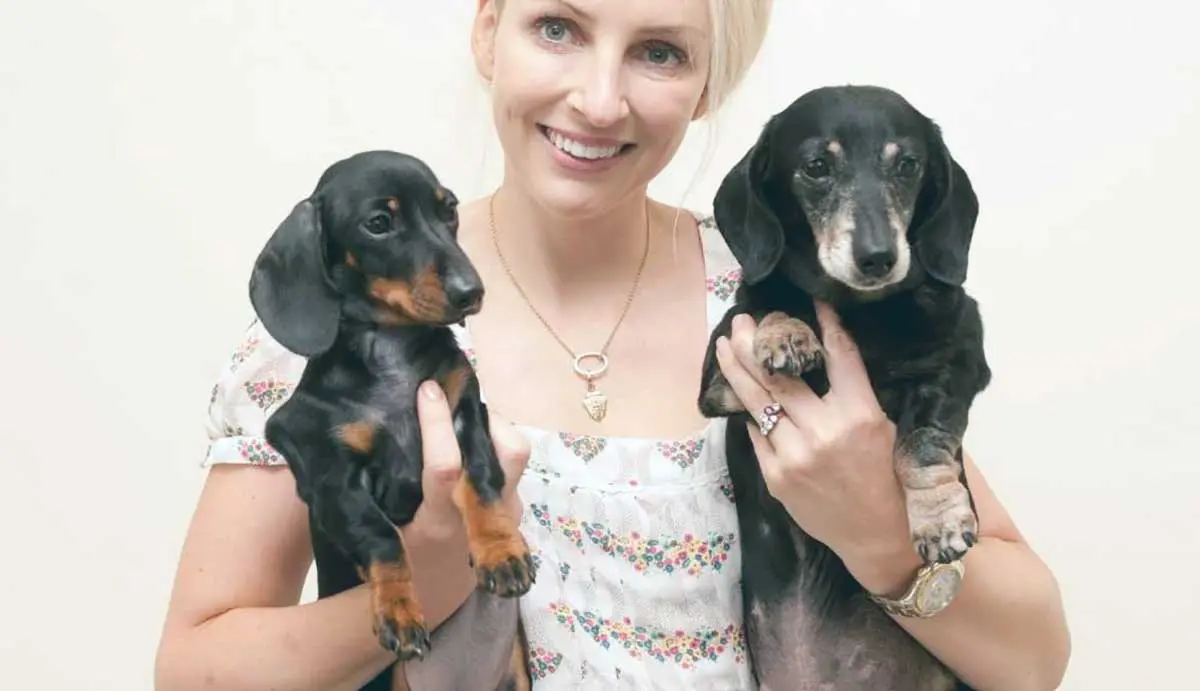
In an unbelievable scientific breakthrough, Winnie the Dachshund became the first cloned dog in Britain in 2014. Her owner entered a contest sponsored by a South Korean biotech company for the chance to have her dog cloned, and Winnie was chosen.
Scientists took skin samples from Winnie and were able to create “Mini Winnie” in a procedure that would have cost more than £60,000. Winnie’s owner claimed the Mini Winnie looked exactly like Winnie did as a puppy. Mini Winnie is 12 years younger than Winnie and was “born” in Seoul but now lives with her owner in the UK. Mini Winnie has even produced a litter of puppies.
Dachshund Races Are a Thing

Doxie races were started in the 1970s in Australia and have caught on throughout the globe. You can even catch the Wiener schnitzel Weiner Nationals in Southern California; these Dachshund races have been an annual event since 1995. While the Dachshund races are not a professional sport, they do have a ton of fans and plenty of Doxie owners ready to toss their hats in the race and cheer on their favorite canines.
There is a lot of debate about how ethical it is to have Dachshund races, with the Dachshund Club of America strongly opposing the races. Dachshunds were not built for racing and there have been many Doxies become injured during these races. Doxies participating in these races should have pet insurance in case injuries do happen.
Smallest in the Hound Group

There are over 30 breeds represented in the AKC Hound Group and the Dachshunds are the shortest hound and the lightest. Each coat variety is represented, so there are usually three Dachshunds strutting their stuff in the hound group at dog shows. They are one of the most popular hound breeds.
Dachshunds Have Huge Appetites
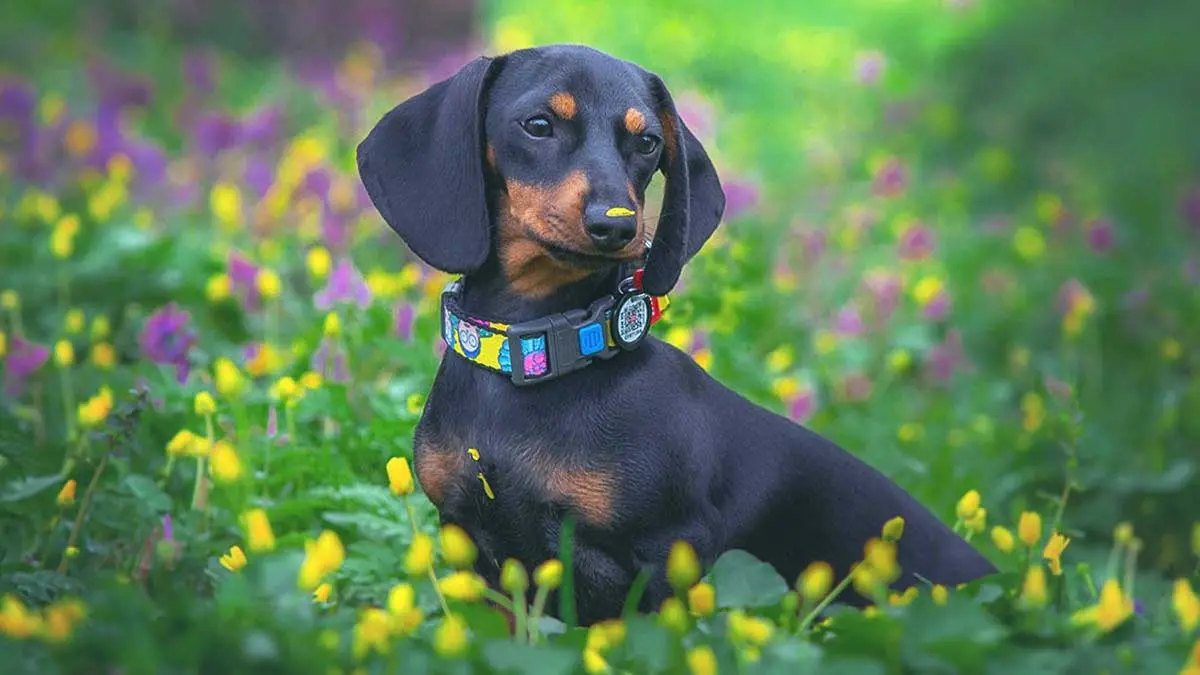
It is easy for a Dachshund to become obese when they do not get enough exercise and enjoy a few too many snacks and extra meals. It is important to keep their weight down so there is not an additional strain on their long backs.
Dachshunds over the age of five years should be put on a healthy, low-calorie diet, and treats need to be kept to a minimum. Exercise is also important so they do not pack on extra pounds as they age. Low impact exercise for older Doxies will help keep arthritis from limiting their movements.
Great Watchdogs
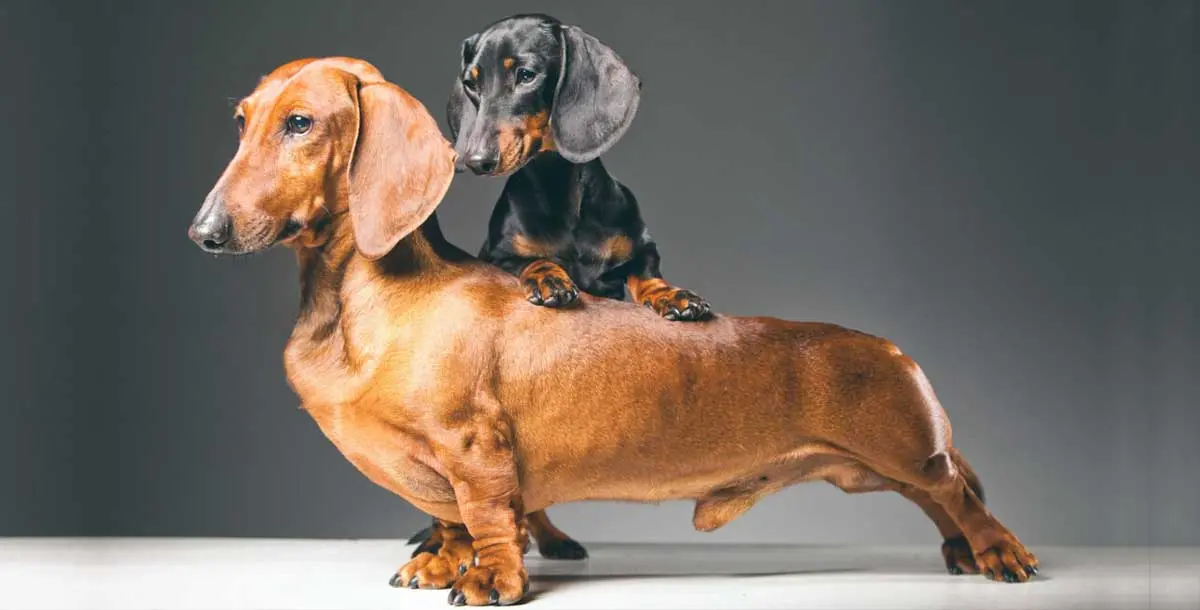
They may be small, but their bark is mighty. Dachshunds are often used as guard dogs because they are almost always on alert and will sound the alarm when they hear anything out of the ordinary. Dachshunds generally mistrust strangers making early socialization important. Dachshunds who are not properly socialized can become fear biters and will need their confidence built.
One of AKC’s Oldest Breeds
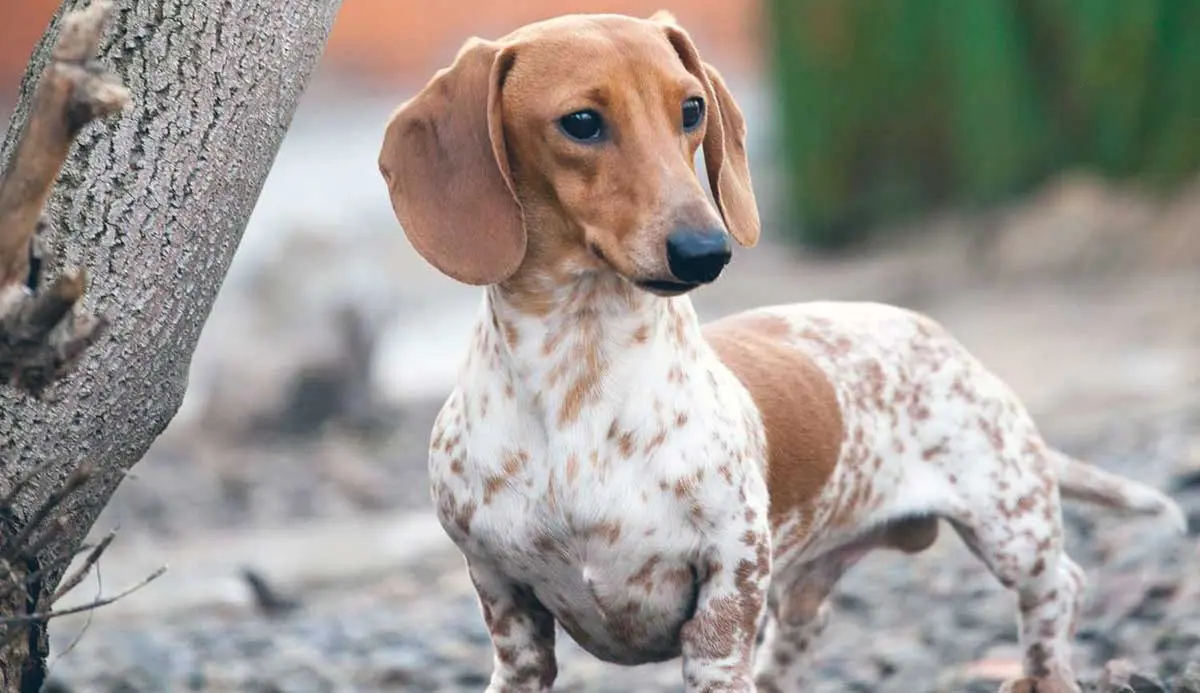
The American Kennel Club registered the first Dachshunds in 1885, and the breed made its dog show debut that same year. Eleven Dachshunds were registered with AKC in 1885. The official German Dachshund Club was founded in 1888, and the Dachshund Club of America was created in 1895.
Earthdog Trials Were Created for Dachshunds
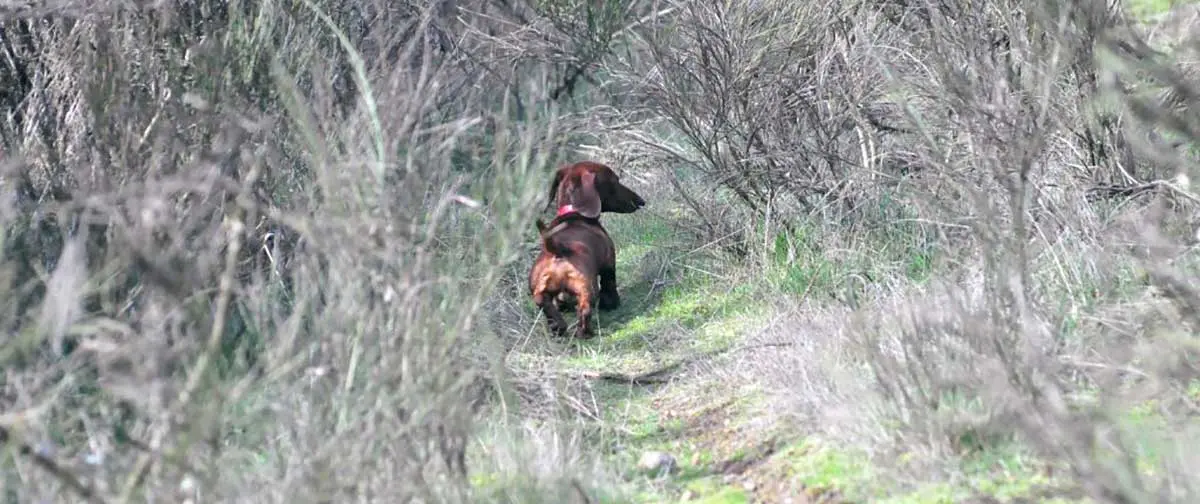
These trials gauge a dog’s natural hunting capabilities and the trials are non-competitive. Each dog is judged solely on its ability to locate rodents underground. Dogs are released into man-made tunnels and commanded to search out a live rat.
Rats used in earthdog trials are put in steel cages to keep the dogs from harming them during the frenzy of the hunt. Dogs, especially Dachshunds and terriers, excel at these trials and can earn titles showcasing their natural hunting prowess.
Tenacious, spunky, loyal, friendly, and stubborn are just a few words that accurately describe a Dachshund. Most Dachshund owners do not have just one Doxie, they will have two, three, or even four living in their home at one time. Next time you meet up with a fellow Dachshund lover, share some of these fun facts.
